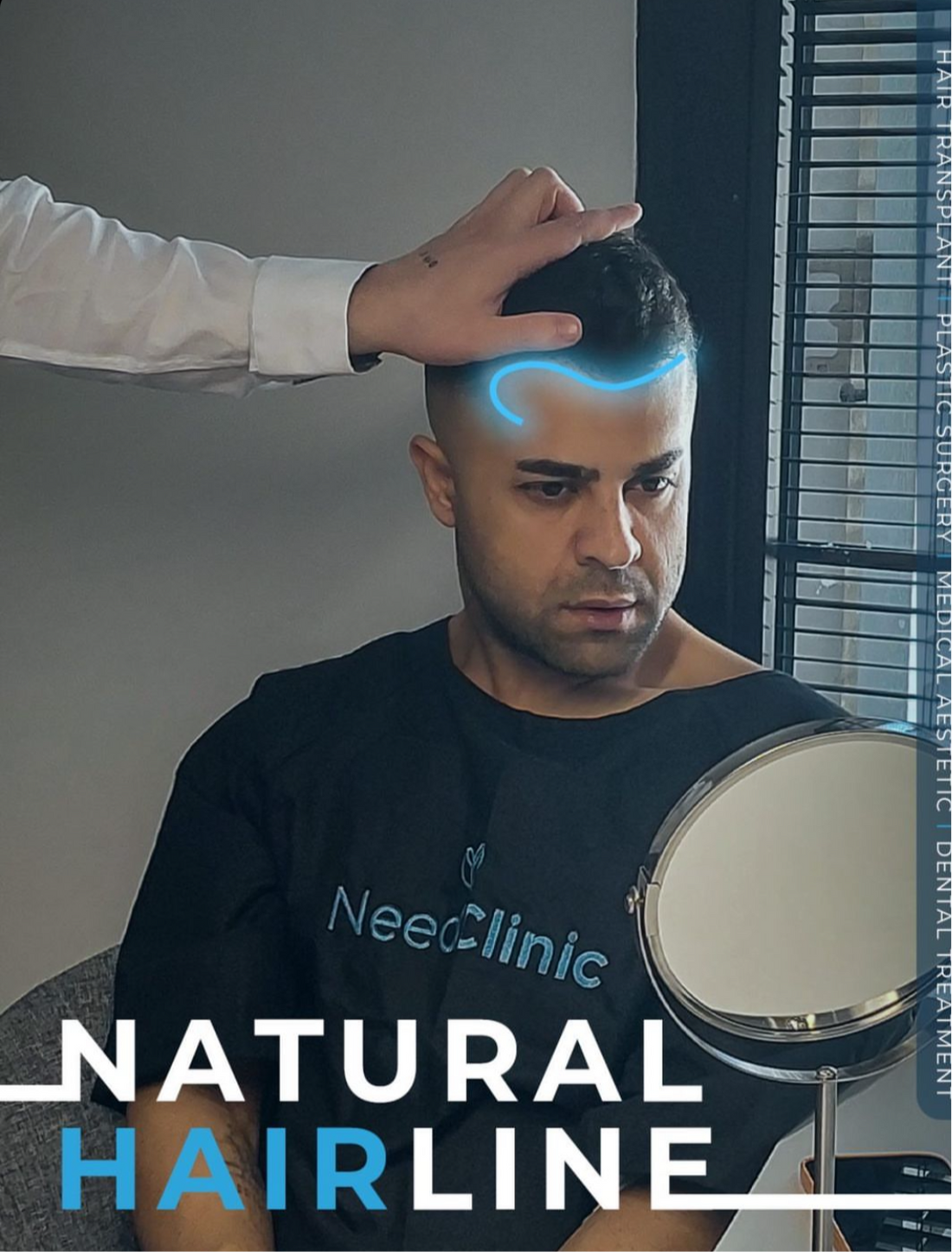
Hair Transplant vs. Alternatives: Which Option Is Right for You?
Share
Hair Transplant vs. Alternatives: Which Option Is Right for You?
Hair loss can be a distressing experience, and with so many treatment options available, it can be challenging to determine the best approach. Hair transplants are a popular solution, but they’re not the only choice. In this article, we’ll explore how hair transplants compare to other alternatives, including medications, laser therapy, and natural remedies, to help you make an informed decision.
What Is a Hair Transplant?
A hair transplant is a surgical procedure that moves hair follicles from one part of your body (usually the back of the scalp) to areas where hair is thinning or balding. The two primary methods are:
- FUT (Follicular Unit Transplantation): Involves removing a strip of scalp to extract hair follicles.
- FUE (Follicular Unit Extraction): Individual hair follicles are extracted and transplanted, leaving minimal scarring.
Benefits of Hair Transplants
- Permanent Results: Once transplanted, the hair is resistant to hair loss.
- Natural Appearance: Advanced techniques ensure natural-looking results.
- Low Maintenance: Transplanted hair requires no special care after healing.
Drawbacks of Hair Transplants
- Cost: Procedures can be expensive, ranging from $4,000 to $15,000.
- Surgery Risks: Includes infection, scarring, or uneven results.
- Recovery Time: Full recovery may take several weeks.
Hair Transplant Alternatives
1. Medications
Medications are often the first line of defense against hair loss.
- Minoxidil (Rogaine): A topical treatment that stimulates hair growth by improving blood flow to the scalp. It’s effective for both men and women.
- Finasteride (Propecia): An oral medication that blocks DHT, a hormone responsible for hair loss in men.
Pros:
- Non-invasive.
- Affordable compared to surgery.
Cons:
- Results may take months to appear.
- Effects are temporary; stopping use can lead to hair loss.
- Potential side effects, including scalp irritation or sexual dysfunction.
2. Laser Therapy
Low-level laser therapy (LLLT) uses light to stimulate hair follicles and promote growth.
Pros:
- Painless and non-invasive.
- Can be used at home with devices like laser combs or caps.
Cons:
- Expensive upfront cost for devices.
- Requires consistent use for noticeable results.
3. Platelet-Rich Plasma (PRP) Therapy
PRP involves injecting your own blood plasma, rich in growth factors, into your scalp to stimulate hair growth.
Pros:
- Natural and minimally invasive.
- Can improve hair thickness and density.
Cons:
- Requires multiple sessions.
- Expensive and not always effective.
4. Natural Remedies
Home remedies and lifestyle changes can also support hair health.
- Essential Oils: Rosemary, peppermint, and lavender oils are believed to stimulate hair growth.
- Scalp Massage: Boosts blood circulation to hair follicles.
- Dietary Changes: Eating foods rich in biotin, iron, and omega-3 fatty acids supports healthy hair.
Pros:
- Affordable and easy to implement.
- Improves overall hair health.
Cons:
- Results vary widely.
- Not a cure for genetic hair loss.
5. Wigs and Hairpieces
Modern wigs and hair systems offer a non-invasive solution for immediate results.
Pros:
- Instant transformation.
- No medical risks.
Cons:
- Requires regular maintenance.
- Can be uncomfortable or expensive over time.
How to Choose the Right Option
- Assess the Cause of Hair Loss: Consult a dermatologist to determine if your hair loss is genetic, hormonal, or due to another factor.
- Consider Your Budget: Hair transplants and advanced therapies can be costly, while medications and natural remedies are more affordable.
- Evaluate Your Lifestyle: Some treatments require consistent effort, while others, like transplants, are more permanent.
- Set Realistic Expectations: Understand the limitations of each treatment to avoid disappointment.
Conclusion
Choosing between a hair transplant and its alternatives depends on your individual needs, goals, and budget. While hair transplants offer a permanent solution, alternatives like medications, laser therapy, and natural remedies can also provide effective results with less financial and physical commitment. By consulting with a specialist and carefully weighing your options, you can find the best approach to restore your confidence and achieve healthier hair.

